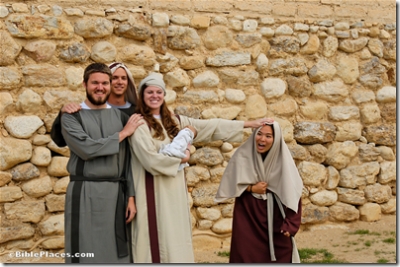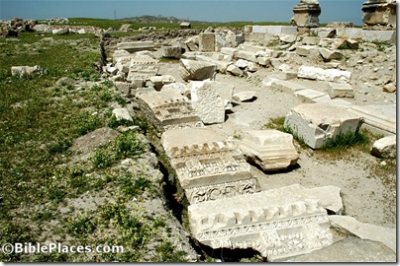Muslim leaders in Jerusalem today announced that they have no opposition to Israeli archaeologists excavating on the Temple Mount. Such work would be invaluable to understanding the history of one of the most sacred places in the world, and they have acknowledged that their previously-held objections are surpassed by the potential gains.
Israeli archaeologists do not have any immediate plans to excavate, but now that the invitation has been made, experts expect that the several proposals will quickly be made from leading universities.
One of those on QAWF, the Islamic committee that approved the move, denied that the Muslims feared the recovery of Jewish remains on the mount. Muhammad Husseini was quoted as saying, “We recognize that every historical source agrees that the Jewish temple was on the site of our holy mosque. Finding archaeological evidence for that building will not change history.” Another religious official, Ali Abdullah, indicated that this move was intended to show good-will. “There is no reason why we must deny the Jewish people access to their most holy place. We will be delighted if they accept our invitation to excavate and increase their understanding of their ancestors.”
Some scholars, however, are skeptical. Dr. Yosef Rosenthal suggests that the excavation will never begin, because “the Israeli people will debate the matter endlessly, and in the end, the Muslims will look magnanimous and the Jews will never move one spade of earth.”
Muslims authorities have made it clear that excavation will only be permitted outside of Al Aqsa Mosque and the Dome of the Rock, and that prayer services may not be disturbed. Israeli archaeologists are still thrilled because the large majority of the enclosure lies outside of the sacred structures.
This change of position is a most unexpected one, especially in light of recent violent protests because of an Israeli removal of an earthen ramp outside of the Temple Mount adjacent to the Jewish holy area of the Western Wall. Such a radical shift may be largely explained by the fact that today is April 1.

